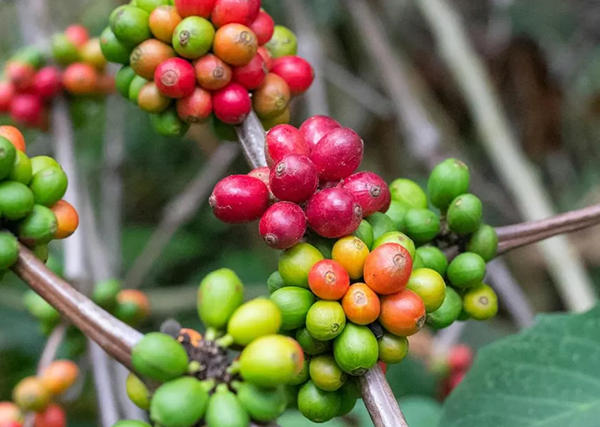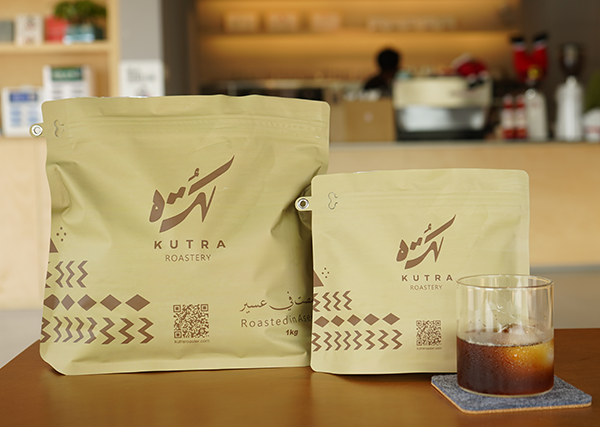The “hidden costs” of coffee production
In today’s commodity markets, coffee prices have hit record highs due to concerns about insufficient supply and increased demand. As a result, coffee bean producers seem to have a bright economic future.
However, a new policy report released by the Food and Agriculture Organization of the United Nations (FAO) reveals a fact that we often overlook: there are actually many hidden costs behind coffee production.
The report reveals a fact that behind the market price of coffee, there are actually far-reaching environmental and social impacts. From large greenhouse gas emissions to widespread child labor and income disparity, these make us wonder if these record prices really reflect the “true cost” of coffee?
The FAO pointed out that the report focuses specifically on the coffee industry in East Africa, reminding us that many significant costs related to food systems are not reflected in market prices.
The report calls these costs “externalities” - in other words, the indirect consequences of economic activities, such as environmental damage, social injustice and poverty. These externalities, unlike direct production costs, such as labor or fertilizer, are often overlooked in pricing and particularly affect smallholder farmers and their communities.


The 50-page in-depth study reveals a startling fact: coffee production in Ethiopia, Uganda and Tanzania carries huge hidden costs. These costs include climate change, water pollution, child labor, gender wage gaps, and the gap between what coffee farmers earn and what they need to earn a decent living.
In the three countries studied, especially Ethiopia, the living income gap is the largest hidden cost, mainly due to low farm-gate prices and limited profit margins, especially for Robusta farmers.
The study also found that environmental factors, such as greenhouse gas emissions and water use, add a significant hidden cost to each kilogram of coffee produced in the three countries.
The social and environmental externalities in coffee production include the following:Child labor: Many children on East African coffee farms have to do heavy work, such as picking and sorting coffee cherries, which often deprives them of education. The study calculated that this cost is as high as $0.42 per kilogram of coffee, especially in Uganda, where the problem is more serious. Gender inequality: In the coffee industry, women often earn less than men doing the same job. Although this income gap varies in different places, it reflects the gender inequality that is prevalent in the entire agricultural sector. Environmental costs: Growing coffee sometimes leads to deforestation, increased greenhouse gas emissions and water pollution. These hidden environmental costs vary depending on the planting method. For example, those intensive planting methods with high yields often produce more pollution.
The increase in the price of coffee at the source means that distributors have to raise prices at the same time. In order to make consumers more willing to pay for the price, they have to start with coffee flavor, coffee packaging, brand premium, etc. Consumers can see the brand and packaging of coffee most directly, which has to mention the importance of coffee packaging manufacturers.


We are a manufacturer specializing in producing the coffee packaging bags for over 20 years. We have become one of the largest coffee bag manufacturers in China.
We use the best quality WIPF valves from Swiss to keep your coffee fresh.
We have developed the eco-friendly bags, such as the compostable bags and recyclable bags,and the latest introduced PCR materials.
They are the best options of replacing the conventional plastic bags.
Our drip coffee filter is made of Japanese materials, which is the best filter material on the market.
Post time: Jan-02-2025







